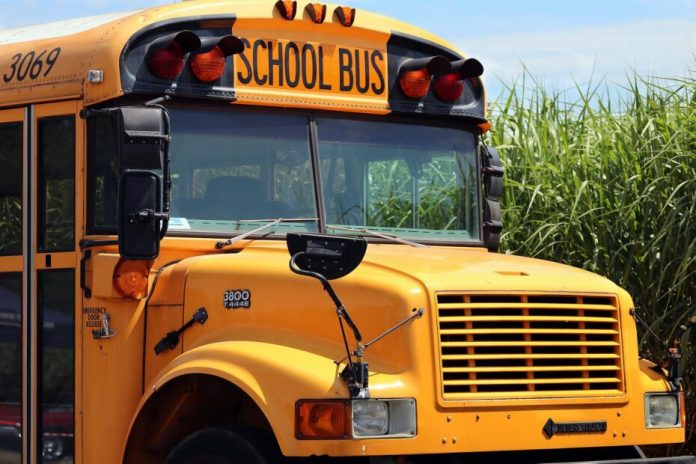Following two years of pandemic learning, American schoolchildren experienced a first-of-its-kind fall in reading and math exam scores.
The severity and frequency of the nationwide decline in test results are demonstrated by a recent federal study.
The National Center for Education Statistics reports that reading scores experienced their biggest decline in the past 30 years, while math scores experienced their first decline since this test’s inception.
For a nine-year-old test-taker, arithmetic scores dropped by 7 percentage points, and reading scores dropped by an additional 5 percentage points.
These losses appear to be related to the teaching methods used by educators during the pandemic years, when lectures were delivered online and students were required to complete their coursework at home until the virus’s spread was slowed.
Strict health and safety regulations were in place when kids returned to school in person, keeping teachers and pupils at home for days at a time if they displayed symptoms or had a positive test result.
“These are some of the largest declines we have observed in a single assessment cycle in 50 years off the NAEP (National Assessment of Educational Progress) program. Students in 2022 are performing at a level last seen two decades ago,” Daniel McGrath, an associate commissioner at the NCES, explained.
This is concerning but not entirely unexpected because many parents pleaded with school boards to open more doors to education during the outbreak. These findings appear to support the parents’ beliefs that their children were not learning as quickly as they were able to before the pandemic.
Some people have also found some demographic facts to be unsettling. Denise Forte, the CEO of Education Trust, is one such person.
To help students transition smoothly into college-level coursework, several schools and universities have even gone so far as to provide intermediate programs. These courses, often known as bridge programs, provide a quick way for pupils to catch up on what they missed during the 2020 and 2021 short school years.













